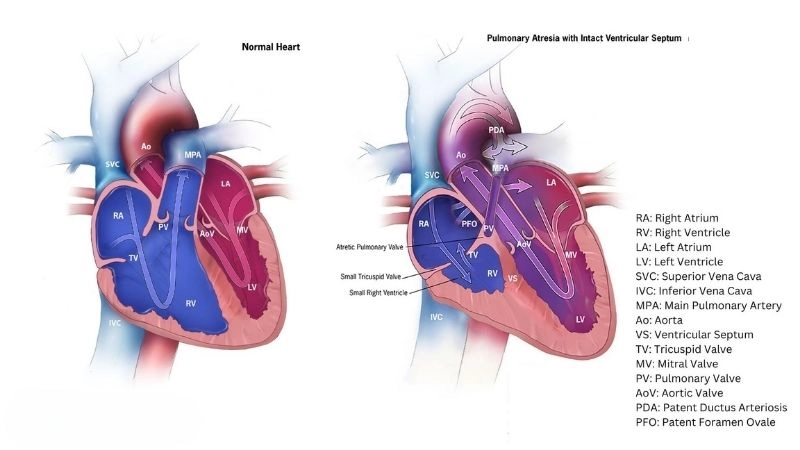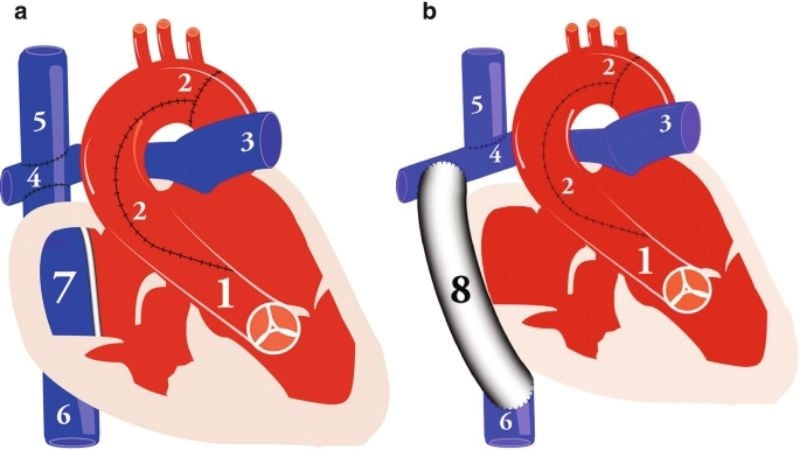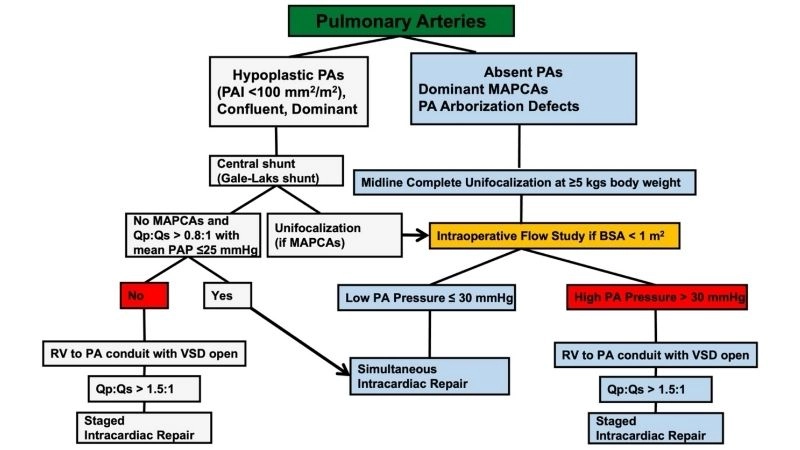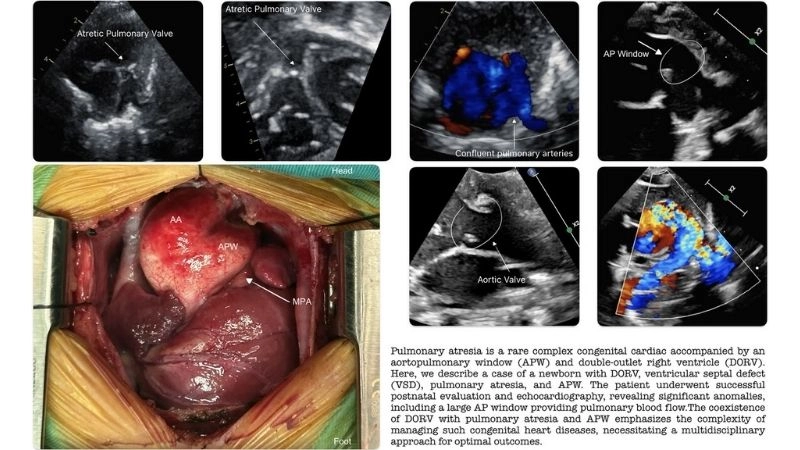Pulmonary Atresia is a rare congenital heart defect that blocks blood flow from the heart to the lungs. Discover causes, symptoms, and treatment options here.
What are the main causes of pulmonary atresia?
- Pulmonary atresia occurs when the pulmonary valve does not form correctly, blocking normal blood flow from the right ventricle to the lungs.
- Genetic mutations and inherited conditions may increase the risk of pulmonary atresia development during fetal heart formation.
- Maternal health issues, including diabetes or viral infections during pregnancy, can contribute to the abnormal development of the pulmonary valve.

Pulmonary atresia symptoms signs parents should know
>>> Discover more: Latest insights into Coarctation of the Aorta condition
Key symptoms of pulmonary atresia to watch for
- Newborns may present with bluish skin (cyanosis), caused by low oxygen levels in the blood due to restricted pulmonary circulation.
- Difficulty breathing, rapid breathing, or fatigue are common indicators of pulmonary atresia requiring urgent medical evaluation and intervention.
- Poor feeding, irritability, or slow weight gain in infants may point to undiagnosed pulmonary atresia and demand immediate medical attention.
How can you prevent pulmonary atresia effectively?
- Maintaining good maternal health, including managing chronic conditions, may reduce the likelihood of congenital heart defects such as pulmonary atresia.
- Avoiding alcohol, smoking, and harmful medications during pregnancy supports healthy fetal heart development and lowers congenital heart disease risk.
- Regular prenatal checkups and early ultrasounds help identify potential heart abnormalities, allowing timely interventions for pulmonary atresia.

Pulmonary atresia with ventricular septal defect explained
>>> Discover more: Hypoplastic Left Heart Syndrome (HLHS) symptoms to know
Images visual examples of pulmonary atresia
Pulmonary atresia is a congenital heart defect in which the pulmonary valve is missing or abnormal. It prevents blood flow from the heart to the lungs, requiring early medical intervention.







>>> Discover more: Hypoplastic Right Heart Syndrome (HRHS) management
Pulmonary Atresia requires early diagnosis and proper treatment to improve outcomes. Understanding this heart defect is vital for patients and families alike.





